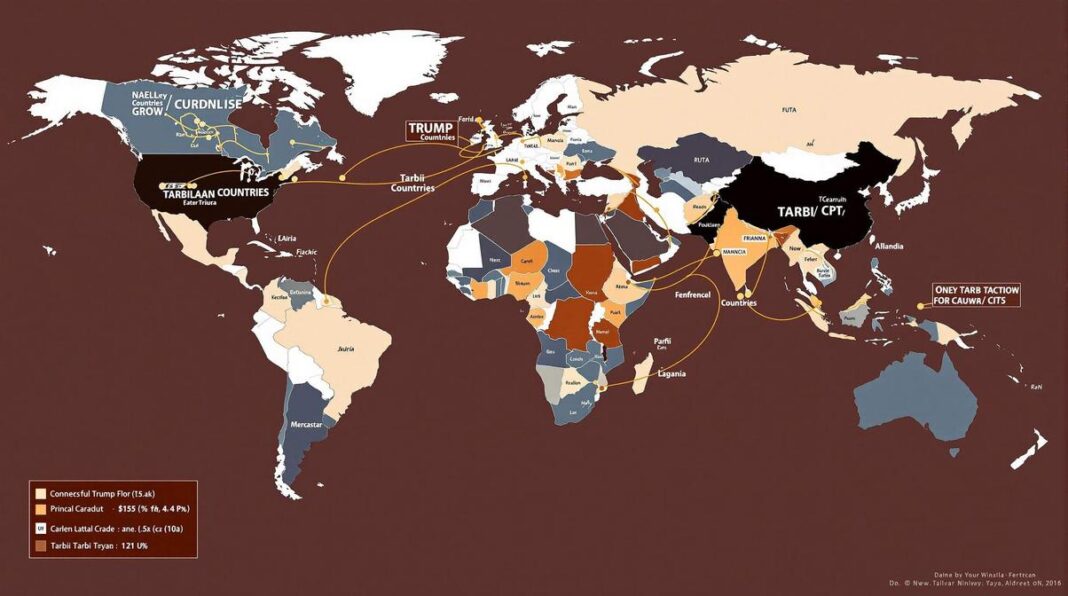The Trump administration’s tariff policies continue to reshape international trade dynamics, with plans for extensive new tariffs set to take effect in April 2025, including a baseline 10% tariff on all imports and higher rates for nations with significant trade deficits.
According to analysis from the Tax Foundation, the combined impact of Trump-Biden Section 301 and Section 232 tariffs is projected to reduce long-term GDP by 0.2 percent and eliminate approximately 142,000 full-time equivalent jobs.
“The Trump administration’s approach to calculating reciprocal tariffs is based on bilateral trade deficits in goods rather than actual tariffs or trade barriers employed by other countries,” explains Erica York, Senior Economist at the Tax Foundation.
The current tariff structure includes a 20 percent duty on Chinese imports and 25 percent on Mexican goods, with specific exemptions for automotive products and USMCA-compliant imports until April 2025.
Consumer prices have seen notable increases, particularly in intermediate goods, which rose between 10 and 30 percent following the implementation of Chinese import tariffs. These cost increases have directly impacted American households and businesses.
The global response has been significant, with retaliatory measures from affected nations leading to an additional GDP reduction of less than 0.05 percent and the loss of 27,000 full-time equivalent jobs in the United States.
“The trade war has fundamentally altered global supply chains,” states William Reinsch, senior adviser at the Center for Strategic and International Studies. “Many American companies have relocated their manufacturing operations to other Asian countries to mitigate risk.”
Under the proposed 2025 framework, outlined in recent White House documents, China would face a 67% tariff rate, while the European Union would be subject to a 39% rate, based on their respective trade deficits with the United States.
Looking ahead, economists warn that the expanded tariff program could further disrupt global trade patterns and potentially accelerate the economic decoupling between the United States and China, while strengthening trade relationships between China and the European Union.


